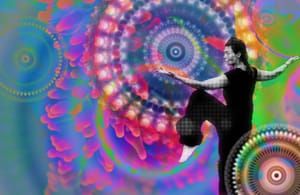The One-Legged Stance is a fundamental and iconic posture in the practice of Taijiquan. This stance is characterized by the practitioner standing on one leg while maintaining balance and stability through proper alignment and relaxation. The One-Legged Stance movement encourages practitioners to cultivate a deep connection with the earth beneath them, enabling them to harness its supportive force for improved balance, coordination, and overall energy flow within their bodies.
The Purpose of One-Legged Stance
The primary purpose of the One-Legged Stance is to cultivate proper rooting, balance, and stability by teaching practitioners how to establish a solid connection with the ground while standing on one leg. This fundamental posture helps develop essential skills for executing advanced movements and maintaining control over their bodies during dynamic transitions. Practicing the One-Legged Stance promotes grounding and stability, improves alignment and posture, enhances flexibility and agility in the hips, knees, and ankles, and fosters mindfulness and body awareness.
How to Practice
To practice the One-Legged Stance begin by standing upright with feet together, then gradually shift your weight onto one foot while maintaining proper alignment. Once weighted on one foot, slowly raise the other leg off the ground and toes should face downwards. Focus on balance, rooting, and even breath throughout the stance, holding it for several seconds to a minute before lowering the raised leg back down and returning to a neutral position. Practice repeatedly, prioritizing technique over speed.

